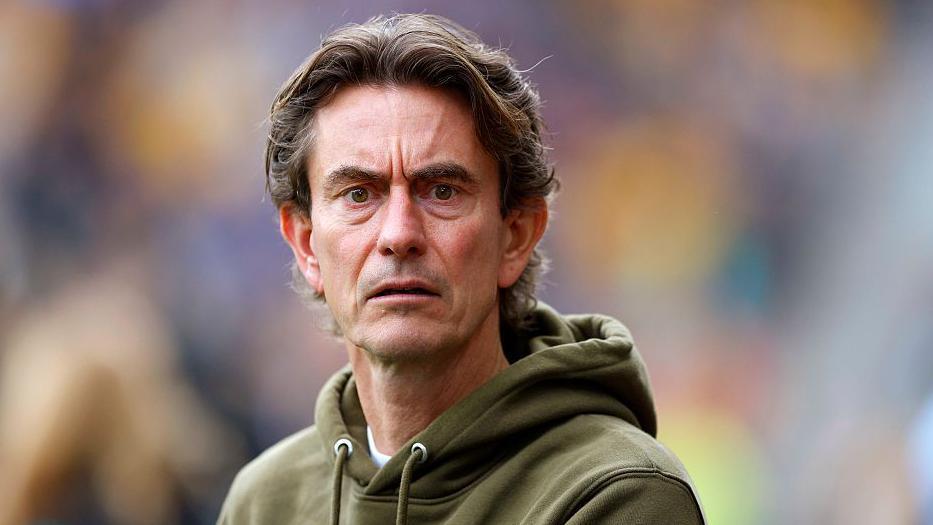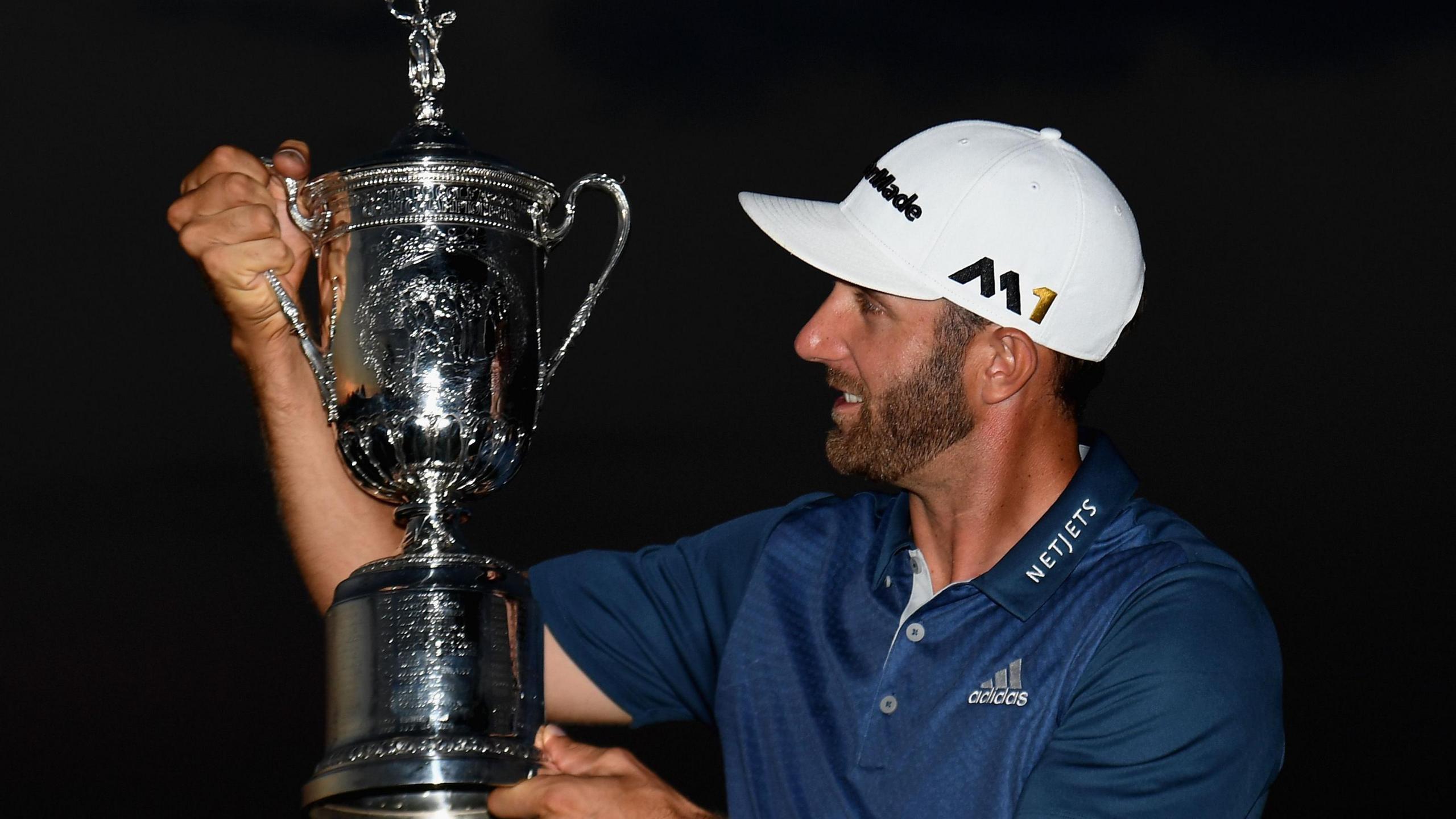- 391 Comments
Tottenham are moving towards appointing Brentford boss Thomas Frank as their new head coach following the sacking of Ange Postecoglou.
Brentford are expecting a formal approach from Tottenham in the coming days but there has been no confirmation so far of dialogue between the two clubs.
The Dane, 51, has emerged as a leading contender to replace Postecoglou.
Brentford would be entitled to compensation for Frank, with sources indicating it would cost Tottenham more than £10m to extract him from his contract which runs until 2027.
That figure could rise depending on how many members of staff Frank decides to bring with him if he is named Spurs boss.
Postecoglou was sacked on Friday, 16 days after leading them to victory in the Europa League final, their first major trophy for 17 years.
However, it came towards the end of their worst Premier League season, as they finished 17th after losing 22 of their 38 matches.
Frank took over at Brentford in 2018 and guided them into the Premier League, winning the Championship play-off final at Wembley in 2021 and establishing them as a top-flight club on a small budget.
Chief football officer Munn expected to leave Spurs
Meanwhile, Tottenham are expected to confirm the departure of chief football officer Scott Munn this week.
The Australian administrator, who joined Spurs in 2023, is understood to have left the north London club amid an internal reshuffle.
Munn was a key figure in the appointment of fellow Australian Postecoglou in June 2023.
Vinai Venkatesham started in his role as new chief executive last Monday, while executive director Donna Cullen left the club.
Munn’s exit is another significant change in what is gearing up to be a crucial summer for Tottenham ahead of next season.
In addition to their search for new men’s and women’s head coaches, Fabio Paratici, the club’s former managing director of football, is in talks over a return to the club once his Fifa ban for alleged financial irregularities linked to his time at Juventus expires in July.
The Italian has been working with Spurs on a consultancy basis during his suspension, with the process towards his permanent reappointment ongoing.
Related topics
- Brentford
- Premier League
- Tottenham Hotspur
- Football






